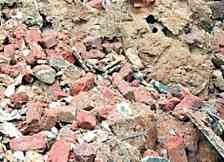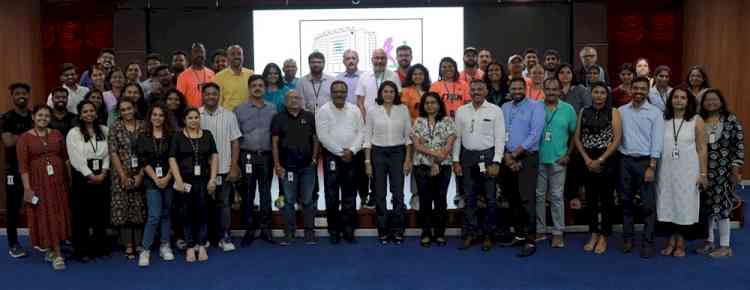Astronomers using supernovae to measure distant objects
Washington, May 2 (IANS) Supernovae or exploding stars observed by NASA's Hubble Space Telescope are providing astronomers a powerful tool to determine the strength of naturally-occurring 'cosmic lenses'. Such 'cosmic lenses' are used to magnify...

Washington, May 2 (IANS) Supernovae or exploding stars observed by NASA's Hubble Space Telescope are providing astronomers a powerful tool to determine the strength of naturally-occurring 'cosmic lenses'.
Such 'cosmic lenses' are used to magnify objects in the remote universe that might otherwise be too faint to see, even with today's largest telescopes, the US space agency said in a statement.
Astronomers use the gravitational lensing effect to search for distant objects.
Two teams of astronomers, working independently, observed three such supernovae.
Their light was amplified by the immense gravity of massive galaxy clusters in the foreground - a phenomenon called gravitational lensing.
"We have found supernovae that can be used like an eye chart for each lensing cluster," explained Saurabh Jha of Rutgers University in Piscataway, New Jersey, a member of the Cluster Lensing and Supernova survey with Hubble (CLASH) team.
"Because we can estimate the intrinsic brightness of the supernovae, we can measure the magnification of the lens," the Indian-American professor added.
At least two of the supernovae appear to be a special type of exploding star called Type Ia supernovae that have a consistent level of peak brightness that makes them a reliable tool for estimating distances, the NASA statement said.
The three supernovae in the Hubble study were each gravitationally lensed by a different cluster of galaxies.
The teams measured the brightness of each supernova, with and without the effects of lensing.
The difference between the two measurements constitutes the amount of magnification because of gravitational lensing.
The supernovae were discovered in the CLASH survey, a Hubble census that probed the distribution of dark matter in 25 galaxy clusters.
Astronomers are searching for more Type Ia supernovae hiding behind large galaxy clusters.
The CLASH team's results appeared in The Astrophysical Journal and the Supernova Cosmology Project's results appeared in Monthly Notices of the Royal Astronomical Society.

 cityairnews
cityairnews 
















